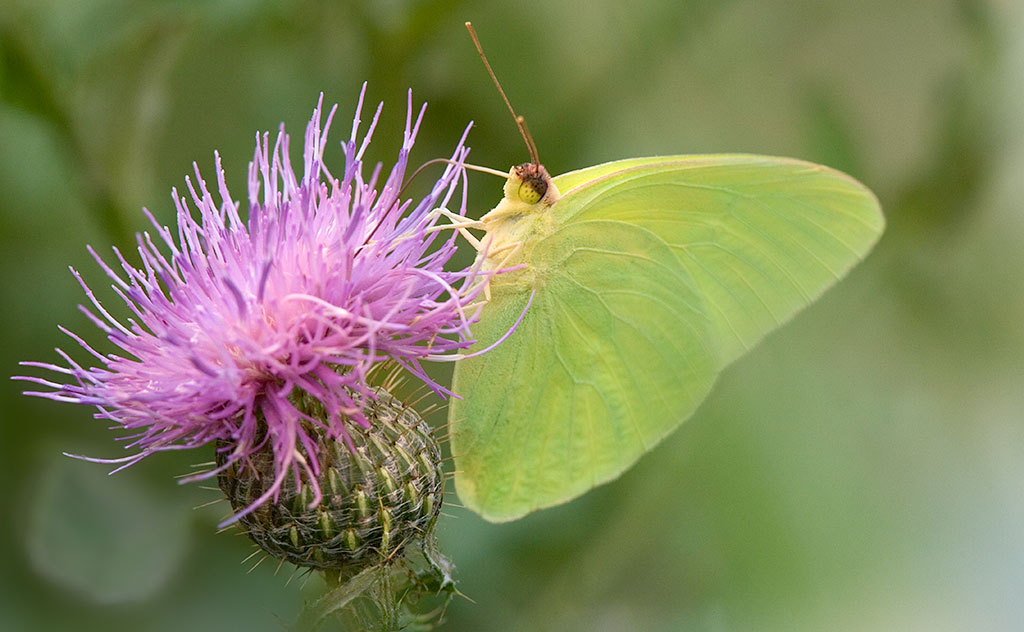Cloudless Sulphur Butterfly
Yesterday on a walk around Potter’s Lake I saw a Cloudless Sulphur Butterfly feeding on a thistle. Native thistles and asters are rich sources of nectar for butterflies in late … Continued

Yesterday on a walk around Potter’s Lake I saw a Cloudless Sulphur Butterfly feeding on a thistle. Native thistles and asters are rich sources of nectar for butterflies in late … Continued
David Sibley in his book “What it’s like to be a bird” writes: “A rough rule of thumb for estimating the total number of hummingbirds using your feeder is to … Continued
Many butterflies get nectar from the golfball-like flowers on Buttonbush.
One of our dark swallowtail butterflies. Here it’s easy to see the “tail” coming off the wing, hence the name swallowtail.
There are a lot of flowers for hummingbirds to feed on now as they fatten up for their migration south. Here, one is feeding on a buttonbush flower.
One of the more attractive butterflies I’ve been seeing this week is the Common Buckeye. The big “eyespots” on the wings makes them easy to identify. At the PGT you … Continued
The heron rookery along Hiller’s Creek is gone, but we still see Great Blue Herons. This week we’ve been seeing on hunting along the edge of Potter’s Lake. We walk … Continued
We found a Dickcissel singing in the the tall grasses above Potter’s Lake this week. Their song sounds like they are singing their name: dick dick ciss ciss ciss.
Not all orange and black butterflies are Monarchs. This one’s called a Viceroy. We saw one yesterday as we sat in the shade at the edge Potter’s Lake at the … Continued